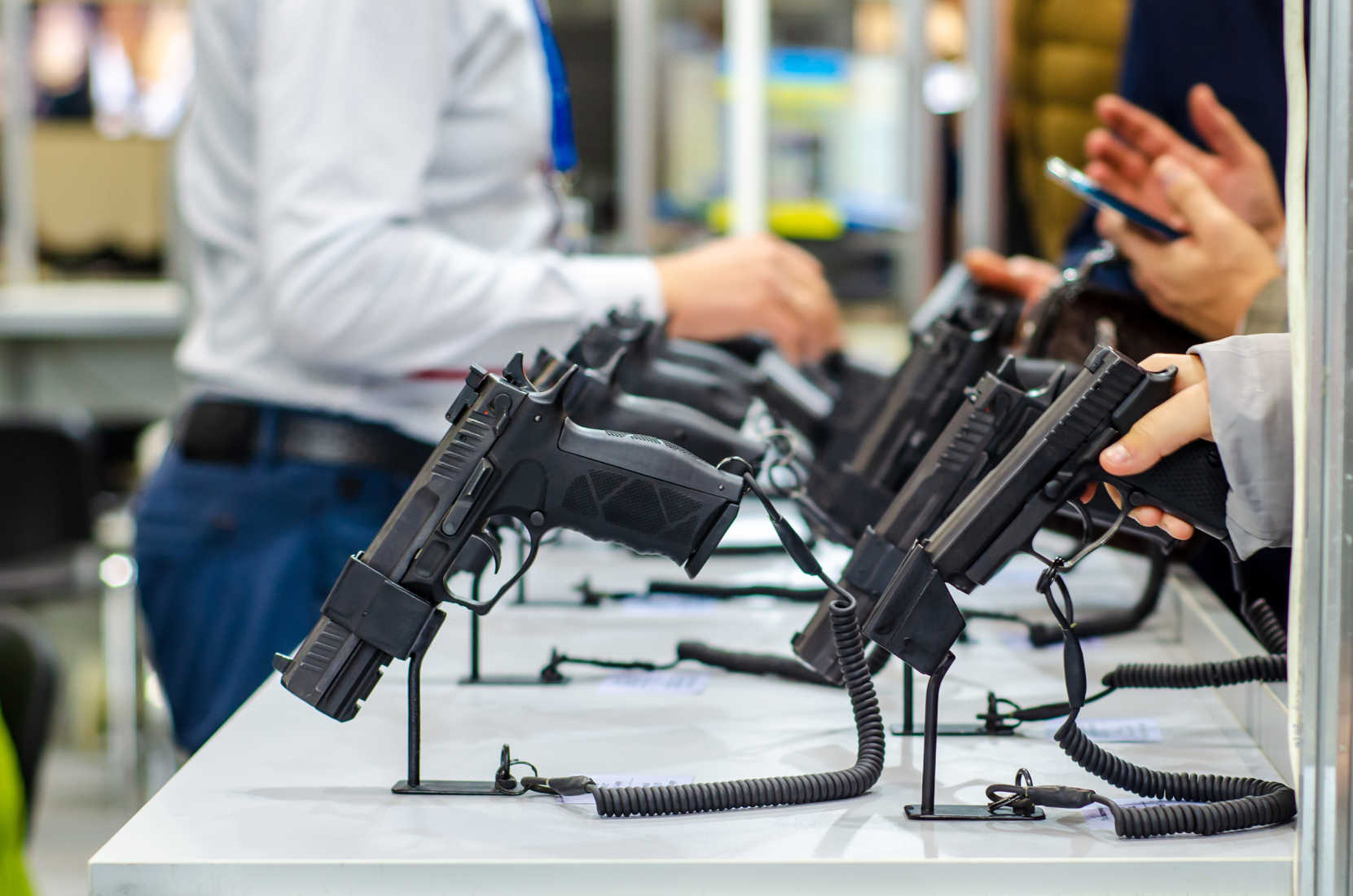By: Greg Chabot
I use the term “My Standards” quite a bit in my writing. For this article, I will clarify what that means by discussing what I look for in a defensive handgun. I will keep it to general topics and in no specific order. Make and model are up to the individual, as is caliber. I do not push specific brands or calibers on people.
My advice is to buy a caliber you can control and shoot accurately with one hand. As it is called a “handgun” not a “handsgun.” It is foolish to carry/trust your life to a weapon you cannot control. Everyone wants a magnum until they shoot one and realize there are better choices for caliber out there. I’m not knocking magnums or high-powered cartridges; some people can handle them with ease. Most will have difficulty, so take the time and research calibers before you make your purchase. Or better yet, try a weapon out in the caliber you are considering.
Ergonomics
Ergonomics is what I look for first when purchasing a handgun. A defensive handgun should fit your hand and be comfortable to shoot for an extended period. Grip angle is also important, as it affects comfort and where you will naturally point the weapon as you present it to fire. I suggest handling multiple pistols and picking the one that feels right to you. If the weapon comes with removable backstraps and grip panels, ask to change them out. Most shops won’t have an issue with that if it means a possible sale.
Grip texture and slide serrations
I like aggressive slide serrations and grip texture. The more aggressive the better, in my opinion. Aggressive slide serrations help one to manipulate the slide in case of malfunctions. Try coating your hands in mineral oil to simulate blood. Then try working your slide; it can be challenging with smoother serrations. Same with stippling /grip texture. I like positive control of a weapon when I am shooting it, as it helps to mitigate recoil and allows for faster follow-up shots if needed.
Reliability
This is the big one: an unreliable weapon is useless for self-defense. If I’m going to trust my life to a weapon, it must be reliable with all types of ammo. It should also function regardless of how dirty it gets. Granted, many of us have a range toy or two that runs OK on certain ammo. I won’t carry or trust my life to a range toy, and neither should you. My recommendation is to run at a minimum 500 rounds of mixed ammo, then 100-200 rounds of your carry ammo without cleaning it. I know it is expensive, but your life is worth every penny, and you owe it to yourself to run a defensive handgun hard before trusting your life to it.
Sights/optics
As we get older, our vision will degrade. If you can’t see the sights, you won’t hit your target. There are plenty of aftermarket sights available if you do not like the stock sights on your weapon. Optics have also become popular with the shooting public. Many companies offer optic ready slides or ship handguns with an optic from the factory. Sights are a personal choice, so don’t be afraid to change them out for your eyes.
These are not factors for me in choosing a defensive handgun.
Trigger
I carry a stock trigger on my EDC weapon. In fact, I don’t change or modify my triggers at all. I am a firm believer in, “The case of ammo trigger job.” Under extreme stress, the average person won’t notice a heavy or gritty trigger. I base this on my own combat experience in Iraq. I survived multiple firefights using GI triggers. It was discipline and training that helped me survive, not a fancy trigger.
Accuracy
This is a moot point in my opinion. Most firearms on the market today are mechanically more accurate than the people shooting them. You must do your part. It’s the shooter, not the weapon. Put in the time and effort and master the basics. Put the money into ammo and classes instead of aftermarket triggers and barrels. Match barrels have tighter chambers that could possibly affect function. If you change barrels, put the rounds downrange to ensure it won’t affect reliability.
Other tips
The above is my opinion. Some may not agree with me, and that is fine. It is your weapon, and you can modify it to suit your needs. One thing I would like to cover is concealability. I am a firm believer in dressing around my EDC. I live in New Hampshire. During a good part of the year, I’m wearing a jacket or hoodie. Regardless, if I am carrying a micro-compact or duty-sized handgun, I tailor my wardrobe around my weapon. I have concealed a full-sized 1911 while wearing shorts and a tank top in July.
If you are new to concealed carry, take the time to try different clothing combinations to see how well you can conceal your weapon. Please buy a good quality holster for your style of carry. A holster is just as important as ammo for EDC, and it could make the difference between life or death. Another tip to remember: if the holster isn’t comfortable, you won’t wear it.
Greg Chabot is an Iraq Combat Veteran freelancer, writing from New Hampshire.

